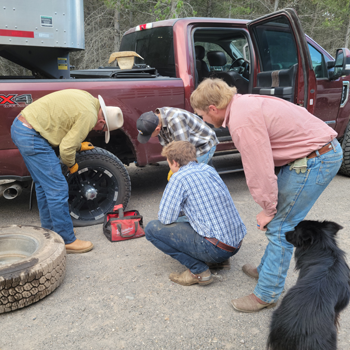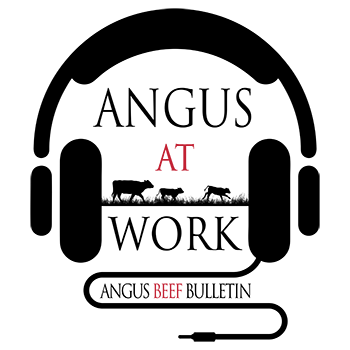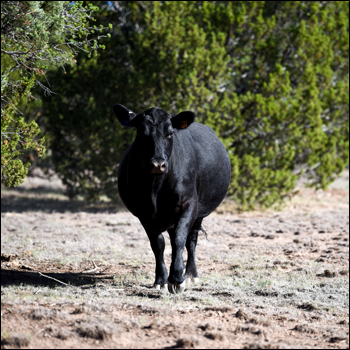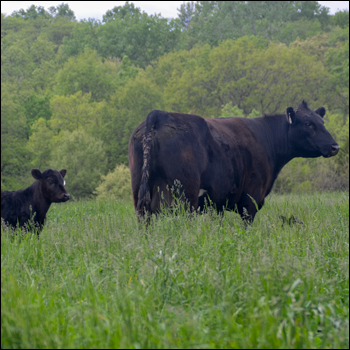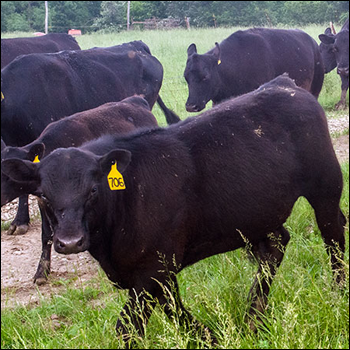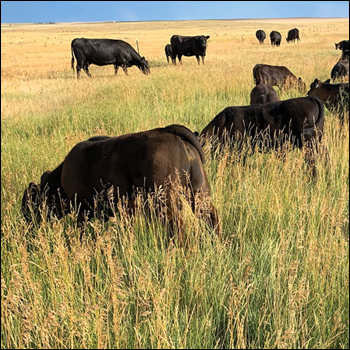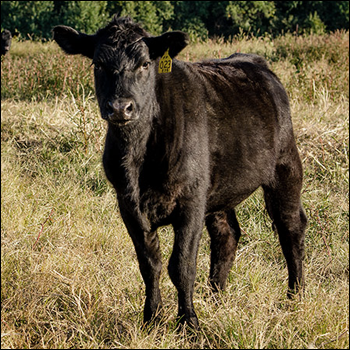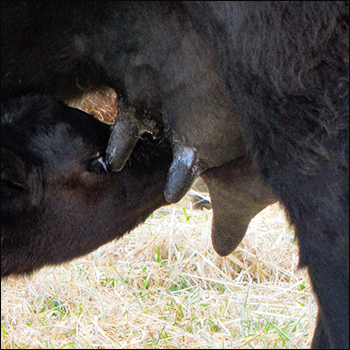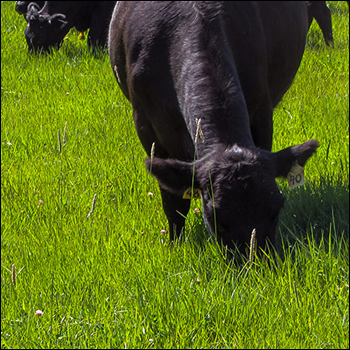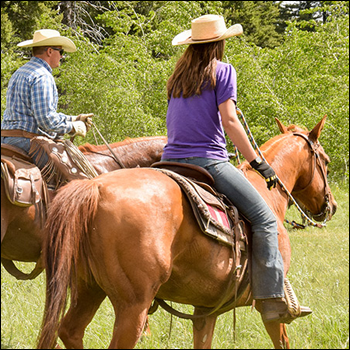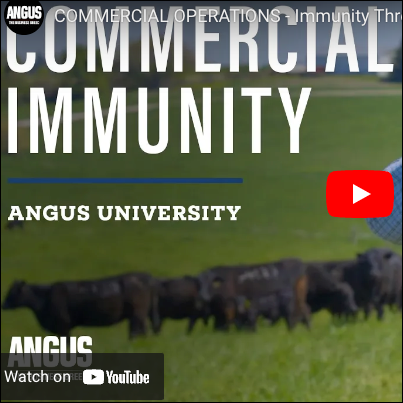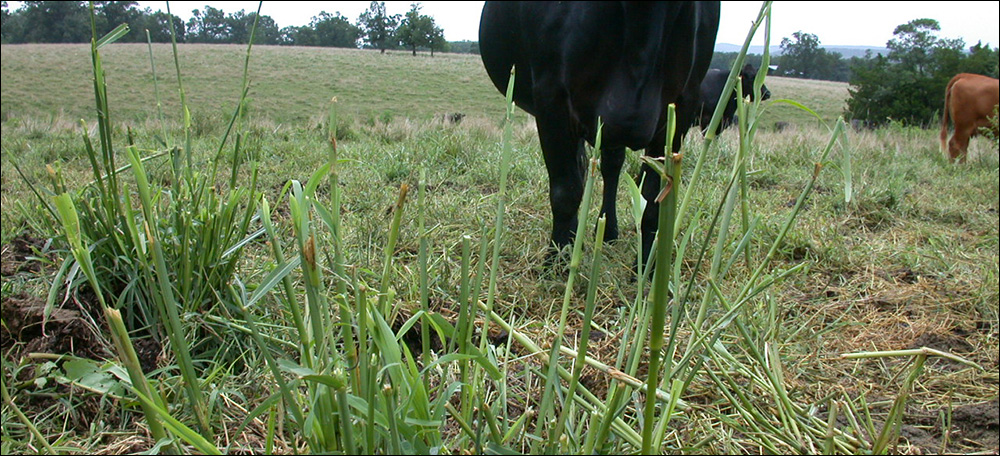
Dropping Like Flies
Prussic acid poses a deadly issue in forages.
As the year progresses many producers look to move cattle to alternative pasture. Unfortunately, certain weather conditions, including drought or frosts, can set up some plants in the sorghum family, including Johnsongrass, to become toxic. Even after limited grazing, prussic acid may cause deaths. Prussic acid is also known as hydrocyanic acid or cyanide. A classic call to the veterinarian is, “My cattle are dropping like flies.”
Prussic acid toxin is created when the harmless hydrocyanic glycosides in plants are stressed and break down. Once the hydrocyanic glycosides in the plants are damaged through actions like cattle chewing or a swather and crimper, they quickly convert to prussic acid. Following ingestion, the prussic acid is released in the rumen and rapidly absorbed into the blood stream.
Once in the circulatory system, the toxin prevents cells from taking up oxygen. The blood therefore becomes saturated with oxygen leading to blood that appears bright cherry red. The clinical signs most often seen include excitement, muscle tremors, increased respiration rate, excess salivation, staggering, convulsions, and collapse. Asphyxiation at the cellular level is the cause of death due to deprivation of oxygen.
When producers encounter animals displaying clinical signs of prussic-acid toxicity, they should immediately remove all the animals that appear normal to a new pasture and contact their veterinarian. The veterinarian will treat the sick animals with two drugs (sodium nitrite and sodium thiosulfate) that can reverse the toxicity. Treatment must be initiated quickly but can prove difficult due to the rapid progression of the toxin.
The drugs used to treat prussic-acid toxicity can be difficult to obtain. It is advisable to contact your veterinarian before grazing potential toxic plants to make sure your veterinarian will have availability to respond and the necessary drugs on hand to treat the cattle if a problem arises.
Cattlemen may want to take the following steps to prevent prussic-acid toxicity:
- Never turn hungry cattle into a new pasture;
- Take soil samples and fertilize accordingly;
- Graze mature plants with 18 to 24 inches of height;
- Wait until plants are cured before grazing after frost (usually at least 7 days);
- Rotate pastures to keep cattle from consuming lush regrowth;
- Place one or two cows in a pasture and observe for problems before turning in all the cattle; and
- Test plants for the presence of prussic acid. Care should be taken though as false negatives can be seen if the test is not performed correctly.
Two types of tests exist for determining prussic-acid levels. The first is quantitative and involves submissions to a diagnostic lab, such as the Oklahoma Animal Disease Diagnostic Lab. The second is a qualitative test which simply detects the presence of hydrocyanic acids and cyanide in fresh plant material. Most county agriculture Extension educators have access to test supplies.
Producers should be cautious that there are multiple toxins that can cause cattle deaths. It is recommended that appropriate veterinary diagnostics and testing be done to determine the ultimate cause of death. A fact sheet that contains information about prussic acid is available here.
Glenn Selk, Oklahoma State University beef cattle specialist, explains the risk of prussic acid poisoning from grazing Johnsongrass in this video.
Editor’s note: Rosslyn Biggs is the Oklahoma state beef cattle extension veterinarian and Barry Whitworth is a veterinarian and SE area extension food animal health specialist for Oklahoma State University Extension. This is reprinted with permission from a special issue of the Cow-Calf Corner newsletter. Photo by John Jennings, University of Arkansas System Division of Agriculture.

Angus Proud
In this Angus Proud series, Editorial Intern Jessica Wesson provides insights into how producers across the country use Angus genetics in their respective environments.
 Angus Proud: Scott Sproul
Angus Proud: Scott Sproul
Oklahoma operation learned wisdom of moving calving season to better suit their marketing needs.
 Angus Proud: Bubba Crosby
Angus Proud: Bubba Crosby
Fall-calving Georgia herd uses quality and co-ops to market calves.
 Angus Proud: Jim Moore
Angus Proud: Jim Moore
Arkansas operation retains ownership through feeding and values carcass data.
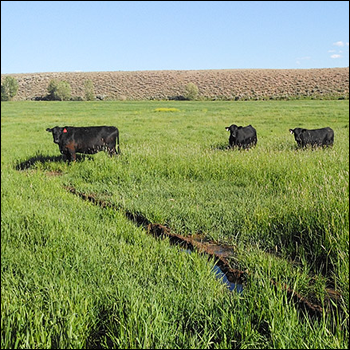 Angus Proud: Stephen Shiner
Angus Proud: Stephen Shiner
Idaho operation rotates pastures in summer and raises crops for winter.
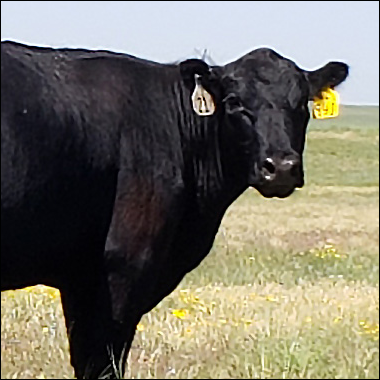 Angus Proud: Brian Nusbaum
Angus Proud: Brian Nusbaum
Angus cattle fit cattleman’s marketing goals and helped him set out on his own.
 Angus Proud: Les Shaw
Angus Proud: Les Shaw
South Dakota operation manages winter with preparation and bull selection.
 Angus Proud: Jeremy Stevens
Angus Proud: Jeremy Stevens
Nebraska operation is self-sufficient for feedstuffs despite sandy soil.
 Angus Proud: Dave Rutan
Angus Proud: Dave Rutan
Angus breeder gets the most out of his bull investment by partnering with opposite calving-season operation.
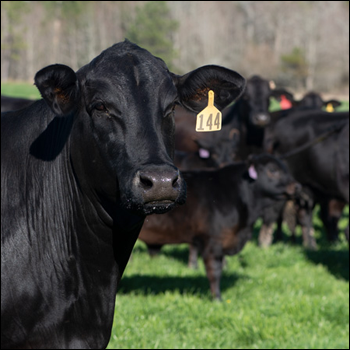 Angus Proud: Nickey Smith
Angus Proud: Nickey Smith
AngusLink helps Louisiana cattleman gain more for his calves.
 Angus Proud: Mike Moss
Angus Proud: Mike Moss
Operation’s nontraditional start lends to creativity and conservation efforts.
